News of the Fnepsa
and its certified Art expert members
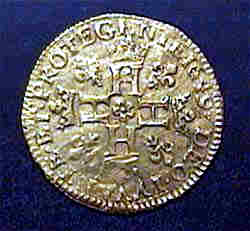
First of all, it should be noted that when you wish to have your jewels, goldsmiths' and silversmiths' items appraised, this allows you to know your goods better in detail. But this also gives other advantages.
Read more
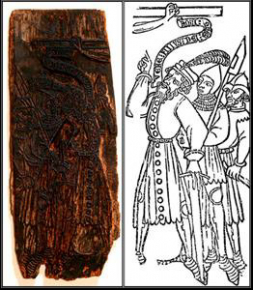
For centuries, the only way to produce a book was to write it entirely by hand. Even if several scribes copied the same text, they could only produce a small number of copies. As the demand for books continued to grow, it became necessary to find a faster and cheaper way to reproduce them.
Read more
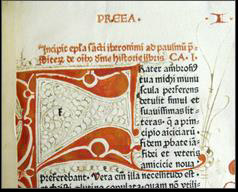
The first books printed by typographic process are called incunabula, from 1450-14511 to 1500 or 1501 according to the sources, name coming from the Latin word "incunabula" which means "cradle" (of movable type printing). The forms of books evolved slowly and it is rather around the 1530s that books finally emancipated themselves from the medieval forms inherited from manuscripts.
Read more
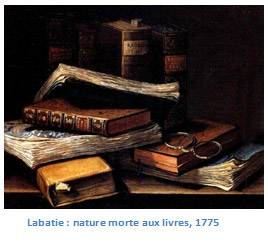
The binding, as an object, refers to the fascinating history of the book, its role and its diffusion through the centuries. It is both a technique and an art, the result of two successive acts: protection and decoration. The bookbinders who have devoted themselves to this task over the centuries have not ceased to contribute to the evolution of their art. They have thus brought bookbinding into the world of the decorative arts.
Read more
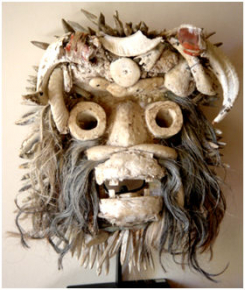
In our Western societies and until the Middle Ages, artists remained, with a few exceptions, completely anonymous behind their works. Indeed, it was guided by God that the hand of the craftsman transcended the material by reproducing an image directly dictated by Heaven. The skill of the craftsman only reinforced the idea that such works could only have a divine origin.
Read more
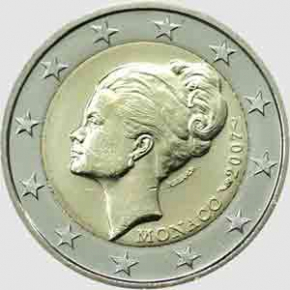
This article is not intended to be the expression of an absolute and monolithic truth but rather the fruit of research and reflections linked to an observation of the "modern" numismatic market. At the time of the changeover from the franc to the euro, the Principality of Monaco, which had signed agreements with France to mint its currency, saw its currency transformed like other small states (San Marino, the Vatican).
Read more
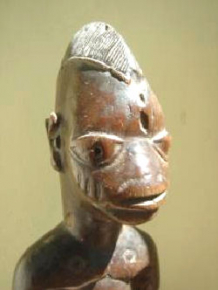
The shiny patinas occur as a result of repeated rubbing with fats (palm oil), sweat and of course dirt. The intensity and frequency of the rituals can produce quite surprising results. The most flattering are the reddish-brown patinas that Africans call "telephone patina", which is related to the patina that used to be found on bakelite telephones after intensive use.
Read more
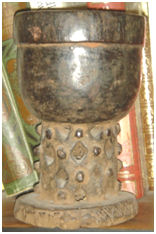
In the field of tribal art, and probably more than in many others, the patina or its absence is the very first element that will orientate our look on the interest of a piece. Unconsciously, it influences our judgment well before the aesthetic and ethnographic qualities of an object.
Read more

Scientists in the late 18th and early 19th centuries vied with each other in their ingenuity to create new ways of igniting fire. In the late 1770s, the famous Italian physicist Alessandro Volta proposed a lighter based on the ignition of hydrogen by electric sparks.
Read more
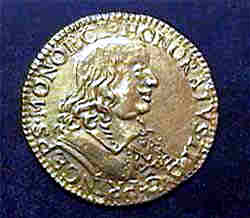
Getting involved in Monegasque numismatics means being able to hope one day to reach the end of one's collection. It also means learning about the history of this principality which is as much admired as it is exasperated (most often by jealousy)... Coveted for centuries by Genoa, Spain, Savoy, and then France, it has succeeded, thanks to the genius of its princes, in surviving despite its small size. Amputated of 2/3 of its surface area at the end of the 19th century, it has managed to rebound to become the state we know today.
Read more
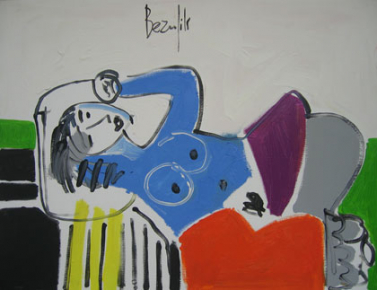
Jean-Luc Beaufils, the last representative of French Modern Art, was born on 18 February 1953. Son of the architect Jean Charles Louis Beaufils, he became familiar with drawing and painting at an early age... From the age of 4, he already showed a predisposition for construction and colour. "I had countless boxes of pencils, I needed to draw. It was a kind of refuge. As a teenager I was probably a bit of a dreamer.
Read more
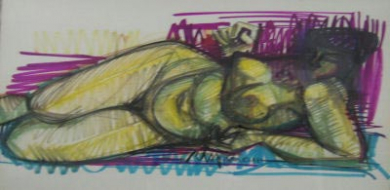
Born in Toulouse on 8 September 1897. After serving in the army during the First World War, Raymond Espinasse decided to leave his native city in 1925 to settle in Paris. It was at the beginning of this century that he discovered the new aesthetic data: Fauvism and Cubism.
Read more
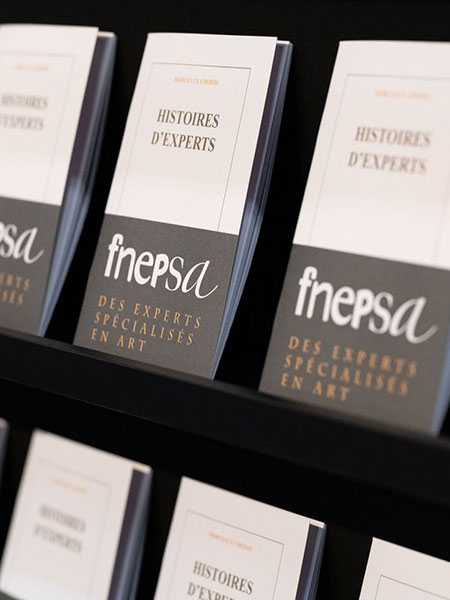
* Required fields
Contact & informations
14, avenue de l'Opéra
75001 Paris
France
75001 Paris
France
